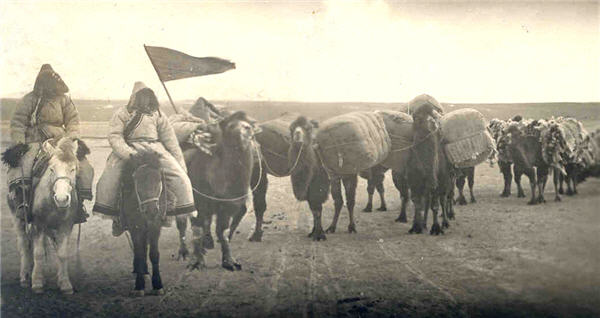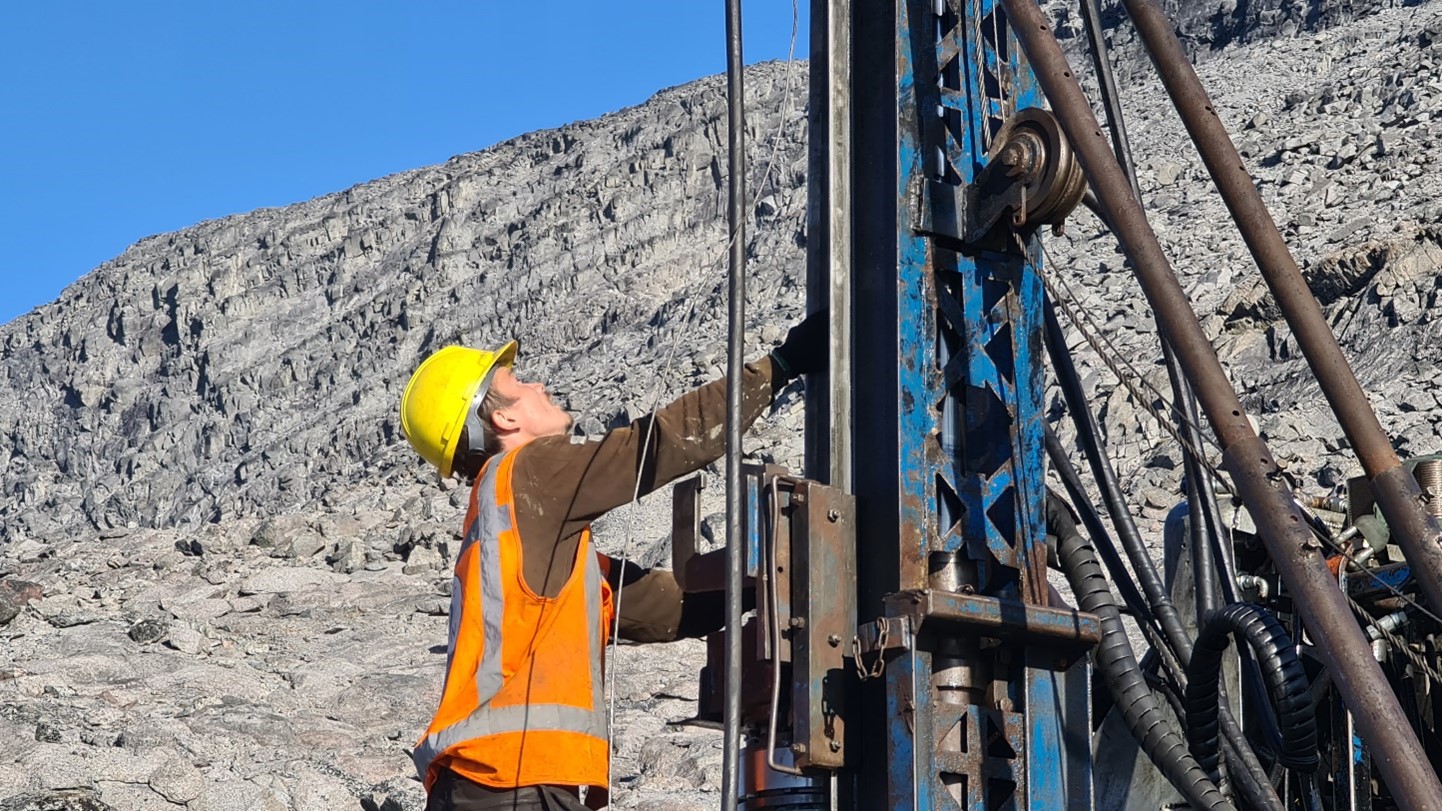If you’re herding animals near Oyu Tolgoi the NY Times wanna talk to you

Image of Oirat Caravan date or publisher unknown from Wikipedia.
Clearly if you work for the mainstream media there is only one way to approach a story like Oyu Tolgoi, Turquoise Hill Resource’s massive copper-gold mine in Mongolia scheduled for production next year.
You turn it into a confrontation between local communities. You pit bucolic farmers who have lived untouched for many generations on land invariably described as pristine against rapacious resource extractors which destroy the people’s way of life and leave behind pollution and destruction.
Friday, the New York Times produced just such a piece titled Though Not Yet Open, a Huge Mine Is Transforming Mongolia’s Landscape.
While the mine is certainly huge (click here for a photo gallery), saying that it is altering the landscape of a country of more than 1.5 million square kilometers (four times the size of Germany) may be overstating things somewhat.
The article trots out a number of locals to talk about how “in the old days, all of the grasslands and valleys had herders and their animals,” the “chaotic” situation created by the trucks and herds moving across the land, how the mine “sucks up” the water leaving sheep “thirsty” and how they “don’t need money from mining,” but water and land.
CNN followed more or less the same songbook in an insert broadcast a year ago, but top honours must go to the Huffington Post however: It named Oyu Tolgoi as one of the “10 Beautiful Places We Could Destroy With Human Drilling“. (That piece was baffling in many ways, not least for not answering the question of who besides humans could be doing the drilling.)
To be fair, the NYT does mention the economic impact that Oyu Tolgoi will have on the country.
Probably because it’s pretty hard to ignore the numbers.
The mine will help turn Mongolia into the world’s fastest-growing economy with staggering economic growth of over 30%, up from an already robust 17% last year. Oyu Tolgoi is forecast to contribute close to third of the country’s GDP when it goes into full operation.
If you go beyond these rather dry statistics (and NYT doesn’t) you get a better idea of the impact of Oyu Tolgoi on the country of fewer than 3 million inhabitants.
The mine will increase the average earnings of Mongolians by 60% – today the country ranks 130th in the world based on GDP per capita at $3,000 and 22% of the population live below the poverty line.
The mine is set to produce more than 1.2 billion pounds of copper worth $4.6 billion at today’s prices, 650,000 ounces of gold ($1.1 billion) and 3 million ounces of silver (just under $100 million) each year.
Of the $5.8 billion in annual earnings 71% will flow into Mongolian state coffers thanks to the government’s 34% stake and the royalties, income tax, VAT, customs duty and other taxes it will receive.
Vancouver-based Turquoise Hill (NYSE:TRQ, TSE:TRQ), majority owned by Rio Tinto, has already spent $6 billion on the project and will spend at least another $4 billion to bring it to full production.
At peak construction more than 14,000 people worked at the site and the mine will employ 3,500 workers full time, 90% of whom will be Mongolian.
{{ commodity.name }}
{{ post.title }}
{{ post.date }}




Comments